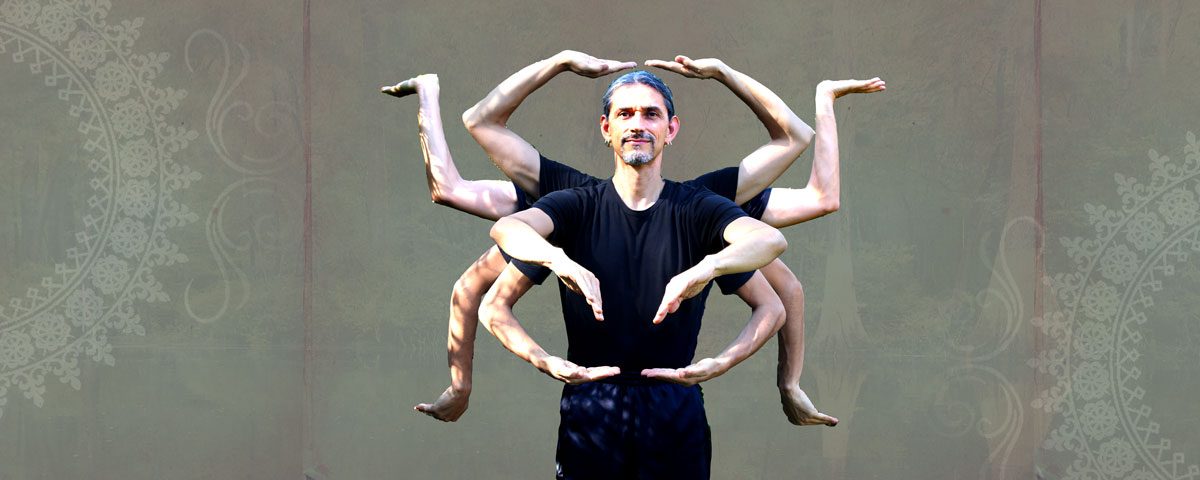5 useful tips for success in meditation
April 22, 2016Introduction to Meditation in 5 minutes
July 9, 20165 useful tips for success in meditation
April 22, 2016Introduction to Meditation in 5 minutes
July 9, 2016Dance of Shiva: Combining Horizontal and Vertical


One of the objectives in yoga is to become aware of what we are doing (in posture, movement, feeling, thinking and breathing), to clarify if we are actually doing what we think we are doing and also to notice if what we are doing (in posture, movement, feeling, thinking and breathing) is helpful or not helpful. In the process, we end up learning a lot about ourselves and about our reactions to what we discover. It is likely that we may want to stay in a familiar pattern because it is comfortable and also because it gives us a sense of accomplishment.
However, in order to expand our choices and abilities it is necessary to move beyond the familiar patterns. This can create a bit of discomfort as we try to navigate new territory, and that is where we get a chance to forge new paths, new connections and new insights. This is one of the reasons we want to try to move into learning new patterns in the Dance of Shiva. So, if during our practice we notice that we are thinking about other times and places, we are getting a signal that the horizontal and vertical patterns have become familiar enough and that it will be beneficial to explore new territory. For instance, we can try to combine the two patterns by doing one whole pattern first followed by the other pattern.
Here are two possible options to explore:
- Horizontal Forward (1-2-3-4) followed by Vertical Backward (4-3-2-1)
- Vertical Forward (1-2-3-4) followed by Horizontal Backward (4-3-2-1)
Horizontal Forward (1-2-3-4) followed by Vertical Backward (4-3-2-1)








Of course, We can also play with a second option:
Vertical Forward (1-2-3-4) followed by Horizontal Backward (4-3-2-1)








Options
What happens when we try to move at different speeds?
Video
In this video you can see an example of playing with these two options in the Dance of Shiva
As with other practices, staying with the practice may show us some of the habits we may have developed, like an attitude to be unwilling to try something new, or the reluctance to let go of what we have already achieved, or perhaps impatience that emerges when it takes us time to learn something, or maybe even our unwillingness to accept that we are not perfect. Whatever the case, can we try this exploration with gentle curiosity, without struggle and choosing not to judge ourselves?
If you like this practice, there is a very complete DVD on the Theory and Practice of the Dance of Shiva by Andrey Lappa on Pranamaya.com.
I’ll be glad to know about your experience.
Peace,
rubén
More Dance of Shiva articles:
- Dance of Shiva (Shiva Nata) Introduction
- Dance of Shiva (Shiva Nata) Starting with Arms in Different Positions
- Dance of Shiva (Shiva Nata) Combining Horizontal and Vertical
- Dance of Shiva (Shiva Nata) Linking Horizontal – Vertical
- Dance of Shiva (Shiva Nata) Transquarter
- Dance of Shiva (Shiva Nata) Arms and Legs
- Dance of Shiva (Shiva Nata) Arms and Legs 3D